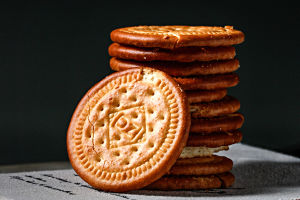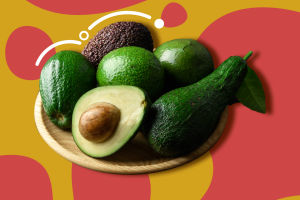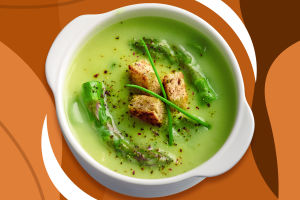Oats are slow carbohydrates, the type of food that releases energy more slowly, and they are very high in fiber, so eating them properly is good for intestinal health.
Its taste, its satiety, the variety of ways to prepare it, its affordability, and its ease of storage are what make oats the best choice for a fitness breakfast, whatever the season.
Not to mention that it also contains a nutrient profile that contains a unique blend of nutrients that make it one of the healthiest foods for the heart, making it one of the best ingredients for anti-aging.
1. Nut butter
The most common type of nut butter is peanut butter, which contains 24% to 36% peanut protein. This adds 4.5 grams of protein to one spoonful of peanut butter, 9 grams of protein to two spoonfuls of peanut butter, and the same amount of protein to other nut butter.
Once you have added nut butter to your breakfast, try topping it with fresh fruit to add a natural sweetness without adding processed sugar.
2. Milk
If you add milk, a glass of milk (250g calculation) will add about 7-8g of protein. Don't like dairy products? Soya (soy) is also a good choice, with 20 grams of soy milk providing an extra 7 grams or more of protein.
Some people prefer cottage cheese or ricotta for a creamy texture or top it with plain yogurt etc (adding 100-200g), which can also add between 4 and 10g of protein.
3. Nuts
If you prefer the original nuts, you can add one or two tablespoons of nuts (about 15-20g) instead of using nut butter, which can have 5g of protein.
Dried sunflower seeds and dried cranberries are also good choices, or more hazelnuts, and walnuts.
4. Eggs
Morning oatmeal doesn't have to be sweet (every taste is different). You can add shredded spinach or kale, some parmesan, and top with a fried egg, which will give you an extra 6g of protein per egg.
Then add whatever toppings you want to add to the omelet: leeks, salmon (for more protein), or peppers, mushrooms, onions, and cheese (also a protein), and this change in your choice can take your oatmeal from breakfast to lunch or dinner.
5. Whole grains
Try making a hot porridge with a high-protein grain, such as quinoa or Kamut, which can be mixed with oats or eaten on its own. For example, 200g of cooked quinoa contains 8g of protein.
This mixed-grain porridge is also considered a delicious option.
6. Protein powder
Obviously, the easiest way is to add a scoop of protein powder to the oats. Almost everyone agrees that you can choose your favorite kind of protein powder: whey, soya, etc. Just make sure it is made from real food ingredients without a lot of additives or other ingredients.


